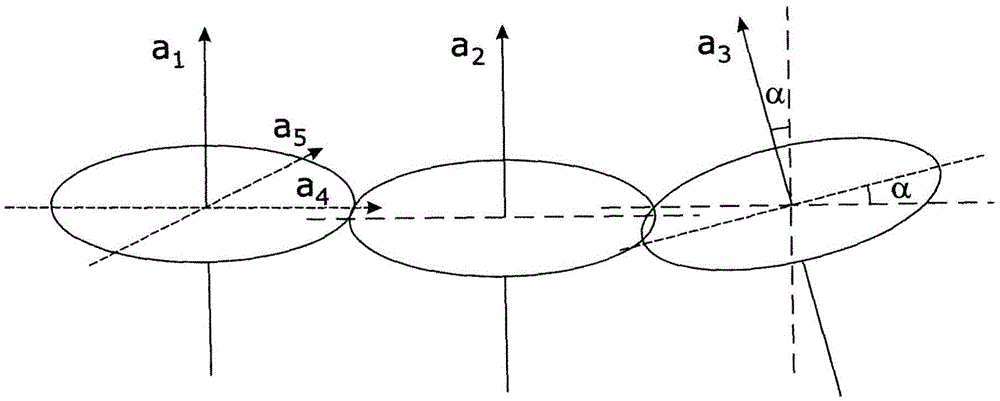High tensile strength steel wire
A technology with high tensile strength and tensile strength, applied in the direction of furnace type, furnace, heat treatment furnace, etc., can solve the problems of increasing mechanical strength and insufficient ductility
- Summary
- Abstract
- Description
- Claims
- Application Information
AI Technical Summary
Problems solved by technology
Method used
Image
Examples
Embodiment 2
[0082] In this example, a heat treatment similar to Example 1 was applied to a steel wire having a diameter of 3.75 mm and having the following steel composition:
[0083] -C% weight percentage = 0.55
[0084] - Si% weight percent = 1.4
[0085] -Cr% weight percent = 0.6
[0086] -Mn% by weight = 0.7
[0087] The rest is iron and unavoidable impurities.
[0088] After heat treatment, the steel wire mainly has a martensitic microstructure. The steel wire was further subjected to six drawing steps, and its diameter was reduced to 2.8mm. The properties of the wire after each pass are shown in Table 2. Despite the extremely high tensile strength obtained after six passes, the steel wire still has sufficient ductility as indicated by an area reduction of 52.8%. Moreover, the ductility of the steel wires was ensured during the whole wire drawing process, which can be verified by the area reduction of the steel wires exceeding 52.8% after one to six passes, as shown in Table 2....
Embodiment 3
[0092] In this example, the difference from the sample of Example 2 is that, after similar heat treatment, a martensitic steel wire having a diameter of 3.75 mm was drawn through three passes.
[0093] The diameter, diameter reduction, cross-sectional reduction, cumulative cross-sectional reduction, tensile strength, tensile strength change and area reduction of steel wires through this three-pass process after each pass are summarized in Table 3.
[0094]For the three-pass process, the average diameter reduction per pass was about 9.5%, which is almost twice that of the six-pass process as shown in Examples 1 and 2. The tensile strength (Rm) of three-pass wire drawing (SW3) as a function of section reduction (ΔS) in Figure 6 is plotted in , which is compared with the tensile strength of the six-pass wire drawing of Example 1 (SW1) and Example 2 (SW2). Such as Figure 6 As shown, the increase in tensile strength is almost proportional to the increase in section reduction fo...
PUM
| Property | Measurement | Unit |
|---|---|---|
| tensile strength | aaaaa | aaaaa |
| tensile strength | aaaaa | aaaaa |
| tensile strength | aaaaa | aaaaa |
Abstract
Description
Claims
Application Information
 Login to View More
Login to View More - R&D
- Intellectual Property
- Life Sciences
- Materials
- Tech Scout
- Unparalleled Data Quality
- Higher Quality Content
- 60% Fewer Hallucinations
Browse by: Latest US Patents, China's latest patents, Technical Efficacy Thesaurus, Application Domain, Technology Topic, Popular Technical Reports.
© 2025 PatSnap. All rights reserved.Legal|Privacy policy|Modern Slavery Act Transparency Statement|Sitemap|About US| Contact US: help@patsnap.com



